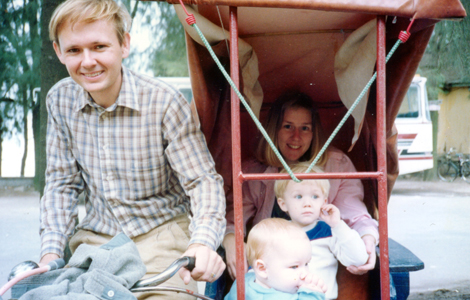Pilots faced challenges with landing
Updated: 2013-07-09 08:23
(Agencies)
|
||||||||
San Francisco International Airport, with its tightly spaced runways that extend right up to the water, requires more skill for landing than most other big US airports, experienced airline pilots say. That challenge was further complicated by the shutdown of a ground-based instrument landing system and the movement of runway thresholds before Saturday's crash of a South Korean airliner.
The instrument landing system, or ILS, uses radio signals to create a three-dimensional "glide slope" for planes to follow so they aren't too high, too low or too far to the right or left. The ILS for Runway 28L, where the Asiana Airlines plane crashed, had been shut down since June, and the beginning of the runway was moved 91 meters to the west to accommodate construction at the airport, according to pilots who use the airport.
National Transportation Safety Board Chairman Deborah Hersman said on Sunday that investigators will look at what role, if any, the absence of the ILS may have played in the accident.
Airline pilots with experience flying the Boeing 777 or flying into San Francisco told The Associated Press that the US Federal Aviation Administration notified pilots in June that the ILS was turned off. Pilots were also warned that the beginning of runways 28L and 28R had been moved.
A white line that previously designated the end of the runway was blacked out and a new line painted farther west, said Rory Kay, a training captain for a major airline who landed a plane at San Francisco the day before the crash.
The change in the runway line might have added an element of confusion to the landing, he said.
All Boeing 777s, like most modern airliners, have cockpit computers that use GPS equipment to create a glide slope for landing that is nearly as good as the ground-based ILS, said Bob Coffman, an American Airlines captain who formerly flew the 777.
It would be standard procedure for pilots to create their own glide path before landing, but the computer's database relies on where the runway normally begins, he said. Moving the runway threshold would invalidate the computer-generated slope, he said.
Without the ILS, and with information in hand that the threshold had been moved, the pilots of the Asiana plane were likely landing using other instruments and a greater reliance on visual cues, Coffman said.
It's standard procedure for pilots to refer to FAA notices on ILS shutdowns and movement of runway thresholds in a pre-landing briefing, so the Asiana pilots should have been aware that they were going to have to rely more heavily on visual cues, pilots said.
- Mourn for students in San Francisco air crash
- Air crash victims' parents leave for US
- Chinese victim of plane crash might have been run over
- Parents of plane crash victims leave for US
- Pilot of crashed Asiana plane was in 777 training
- 70 Chinese students, teachers on crashed plane
- Xi offers condolences over air crash victims

 Mourn for students in San Francisco air crash
Mourn for students in San Francisco air crash
 Rolling stone finally settles
Rolling stone finally settles
 Quebec disaster death toll jumps to 13
Quebec disaster death toll jumps to 13
 Double-decker bus caught fire in Shanghai
Double-decker bus caught fire in Shanghai
 China, Russia begin live-fire navy drill
China, Russia begin live-fire navy drill
 Grape expectations for Xinjiang county
Grape expectations for Xinjiang county
 Air crash victims' parents leave for US
Air crash victims' parents leave for US
 Victim's family mourn loss
Victim's family mourn loss
Most Viewed
Editor's Picks

|

|

|

|

|

|
Today's Top News
Air crash victims' parents leave for US
Terror law called for after attack
More Chinese firms investing in US
Subsidies aid poor families
Ex-rail chief sentenced
13 dead in Quebec train disaster
Premier Li lauds Guangxi's potential
Zhuhai's draft to establish new models
US Weekly

|

|






